As a long-term fan of the Leica X1 — the original fixed-lens APS-C camera introduced in 2009 — I became known to Macfilos readers as Mr X1, judged by the number of articles on the subject that had been published.
I have been a Leica user since 1967, so I can claim to have had some experience. My first Leica was a IIIa, which I still own. Along the way there have been a number of M cameras and even a Leicaflex. But in 2007, I sold my M6 and the large collection of M lenses.
End of the Leica days
Photography was rapidly becoming totally dominated by digital and to me, at that time, it looked as if Leica had lost its way. The first digital M, the M8, certainly didn’t appeal to me. I was convinced my Leica days were behind. Yet, when the X1 was announced late in late 2009, it did not take long for me to acquire one.
The X1 is a simple, fixed lens and fixed focal-length, large-sensor (APS-C format) digital camera. Its concept harked back to the early Barnack Leicas — the concept of a small, light, simple camera suitable for carrying in a rucksack when hiking in the mountains.
Leica took the bold step of commissioning Japanese designer, Kaoru Mokonaku, to design the camera. His concept is elegantly simple. The camera features a plastic-barrel 24mm f/2.8 Elmarit lens which extends and retracts automatically when the camera is powered on and off. The controls are simple and provide a clear overview of what’s afoot.
Leica X1: Two surprises
There are two surprises about the lens. First, it is superb. Quite how they managed to make such an unusual lens perform so well I don’t understand. The second surprise is that the extension and retraction mechanism is very robust. Mine is still working faultlessly after thousands of cycles.
Sadly, the same cannot be said for the very basic plastic battery retaining clip — the bane of an X1 owner’s life — and a problem which must have cost Leica serious money in warranty repairs. And, yes, I know you can put a small piece of foam in to wedge the battery in place, but that risks damaging the battery door, which can be a much worse concern.
Leica X1: Image quality
Apart from being small, light, and simple, the X1’s strongest point is its image quality and, in particular, the impressive character of the JPGs. I don’t own an “I shoot RAW” T-shirt, which I saw a photographer wearing in the US a few years ago. If a camera produces acceptable out-of- camera JPGs, I’ll take ’em with thanks. And the files from the X1 are excellent.
Leica went on to develop the X range. The X2 was physically similar, but had a higher-resolution sensor and the ability to mount an EVF. The X, a slightly larger camera with a fixed 35mm lens, and X Vario followed. Then Leica lost interest in fixed-lens APS-C compacts and turned to the Q. This turned out to be a winner, much to the surprise of Leica executives, I hear.
Leica did struggle on with the APS-C format using the new L-Mount. The quirky T and TL, honed from a solid block of aluminium, showed real innovation and potential. But, again, it was unceremoniously dropped. Another about-turn resulted in the CL, perhaps one of the most attractive cameras Leica has produced. It looked like a Barnack Leica, very similar to the X1, and included an electronic finder which answered many complaints about previous compacts. But, then, the CL was discontinued and, with it, all efforts in the crop-sensor market.
Yet, Fuji stuck to its guns
Meanwhile, Fuji developed the X100 series. It arrived a year after the X1 in February 2011. However, the difference in approach between Fujifilm and Leica is palpable. While Leica twisted and turned, and eventually floundered, Fujifilm stayed the course and continued active development of the X100 concept.
The latest iteration, the X100VI, is sold out throughout the world and the waiting list is formidable. They’ve even had to construct a new factory to cope with the demand.
Leica must be thinking, “that could have been us”. Sadly, instead of developing the X1, they shilly-shallied for over a decade with absolutely nil results. I firmly believe that organic development of the X1, just Fuji has done with the X100, would have been a successful ploy. Things could have been done so differently.
Something right at last
But there’s no point in trying to scoop the milk back into the bottle. It is spilled and gone. At least Leica did something right in the shape of the Q, which is now in its third generation and has just been joined by the unusual and ingenious 43mm Q3 43 which sees as does the human eye (or so they say). It features a wonderful new APO-Summicron lens that can give the fabled 50mm APO-Summicron-M a run for its substantial money.
But back to the X1. I used it as my sole camera for five years, and it travelled with me and my late wife to south-east Asia, Europe, the USA and Canada. It captured thousands of photos. I really became an X1 fanboy and shared many of my experiences with Macfilos readers over the years.
In 2016, I was convinced by a good friend, and Leica enthusiast, to acquire a Sony A7. A big mistake. It was soon sold and replaced with a Leica X Vario. I thoroughly enjoyed using the X Vario, but two years later serious Leica GAS set in. As a result of a photo, taken with the X1, winning a substantial cash prize in a major photo contest.
Leica X1: A change of heart
This led to a change of direction and to my acquiring a Q which was then traded in on a Q2 in 2020. Very recently, I have added an SL2 and a collection of L-Mount lenses.
The last time I used the much-travelled X1 was 2019. I was just about to leave home for a three-week trip to Copenhagen, Stockholm, and Berlin with the Q. But when I hefted my hand luggage I experienced a change of heart.
I needed to shed a few grams, so decided to switch to the X1. It was smaller and, most importantly, lighter, than the Q. I took some great photos on that trip, so there were no regrets over the last-minute switch.
After that trip, my life was turned upside down and the X1 went into a drawer, unloved and almost forgotten for five years.
Reflections
However, in June of this year I went to the UK with my Q2 and met Macfilos editor, Mike Evans. I remarked that the Q2 was wonderful, but perhaps a tad heavy as an everyday carry camera. I had really felt the weight during a tiring and hot stay in Istanbul. Mike nearly convinced me of the suitability of the Ricoh GR as a small, light alternative for carefree travel.
The long flight home from Heathrow to Sydney gave plenty of time for reflection, and it suddenly occurred to me that I already owned a very capable travel camera in the familiar shape of the Leica X1.
Pulling out the old beast on my return revealed a major problem. As a direct result of its enforced hibernation, the internal battery was dead. Good friend, and fellow Macfilos contributor, Wayne Gerlach, volunteered to attempt to fit a new one.
Much to my surprise (although I haven’t mentioned that to him) he was successful and the X1 is firing on all cylinders again. Thanks, Wayne. He has promised a future Macfilos story for X1 owners who want to fix the internal battery and battery clip issues.
Leica X1: Reflections
Earlier this month, I gave the newly revived Leica X1 a shake-down on my early morning walk here in Terrigal on the Central Coast of New South Wales, Australia.
In the five years since I’d used the X1, I’d totally forgotten how small and light it is and how simple the controls are. I’d also lost sight of just how good are the JPGs. It may only have a 12MP sensor, and it certainly lacks the frills, bells and whistles of later digital cameras. But when measured on the only criteria which really counts, it is still a top contender.
A few days earlier, Wayne had pointed me in the direction of a photography website, A Cambridge Diary. Overlooking the fact that arguably some photos are over processed, the overall quality and consistency of the images on this site motivated me to start regularly taking photos again locally. I had done this on my early morning walks when I had first acquired the X1.

The big haul
So the next day I set out on my beachside walk at 6.30 on a gorgeous morning, armed with the newly restored X1. I’d set myself the target of taking three acceptable photos on the one hour’s walk. The plan was to proceed at my normal exercising pace and not to go deliberately seeking photo opportunities.
In fact, I came back with a bigger haul of useful photos than I had hoped or expected. They are most definitely not special photos of merit, but all things considered I’m pleased with them. Here they are-all taken during the hour’s walk, and all JPG files.
The Leica X1 was dead. Long live the Leica X1.
John: We need a product shot because many readers will not know what the X1 looks like.
A cup of coffee works wonders in supporting Macfilos
Did you know that Macfilos is run by a dedicated team of volunteers? We rely on donations to help pay our running costs. And even the cost of a cup of coffee will do wonders for our energy levels.



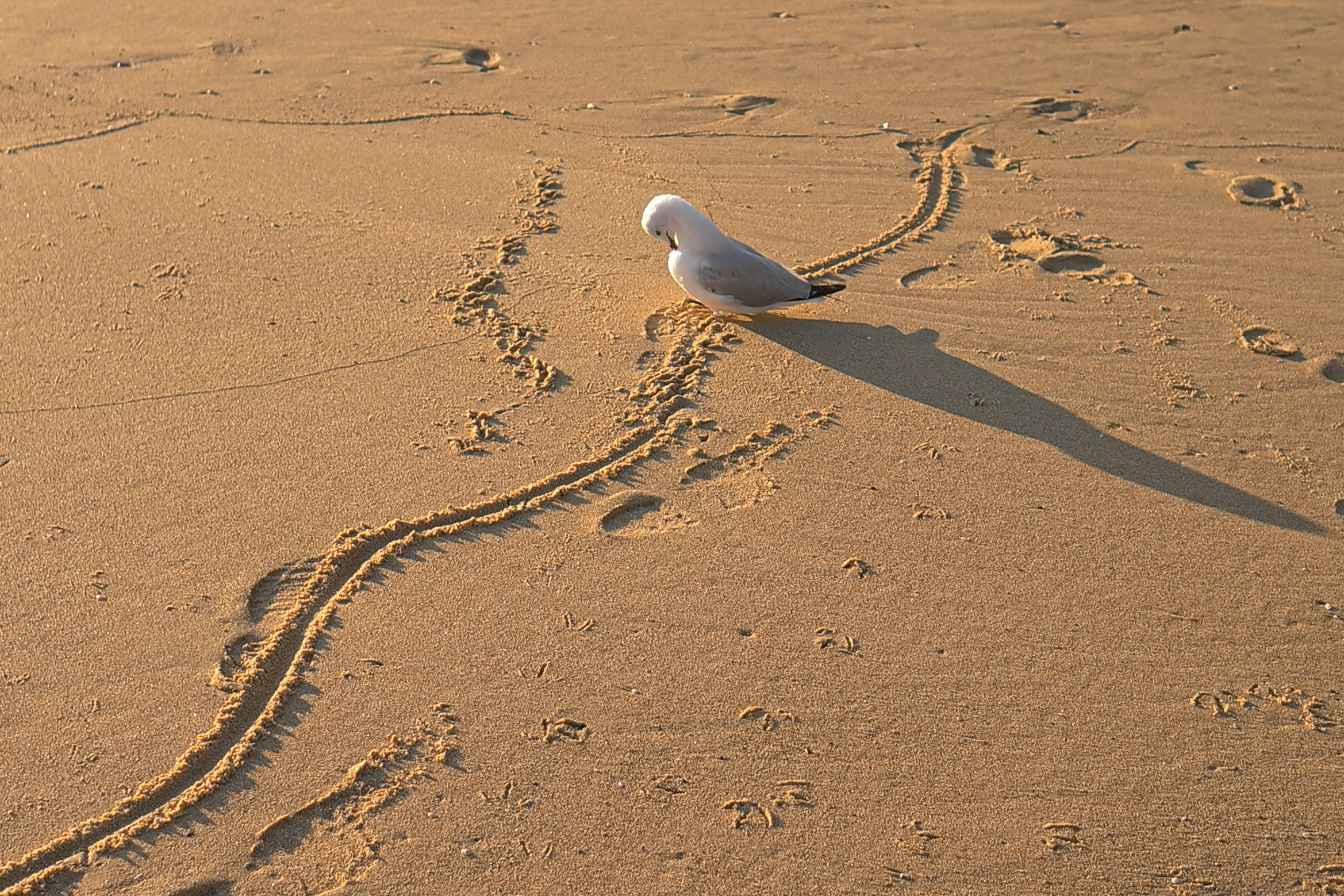

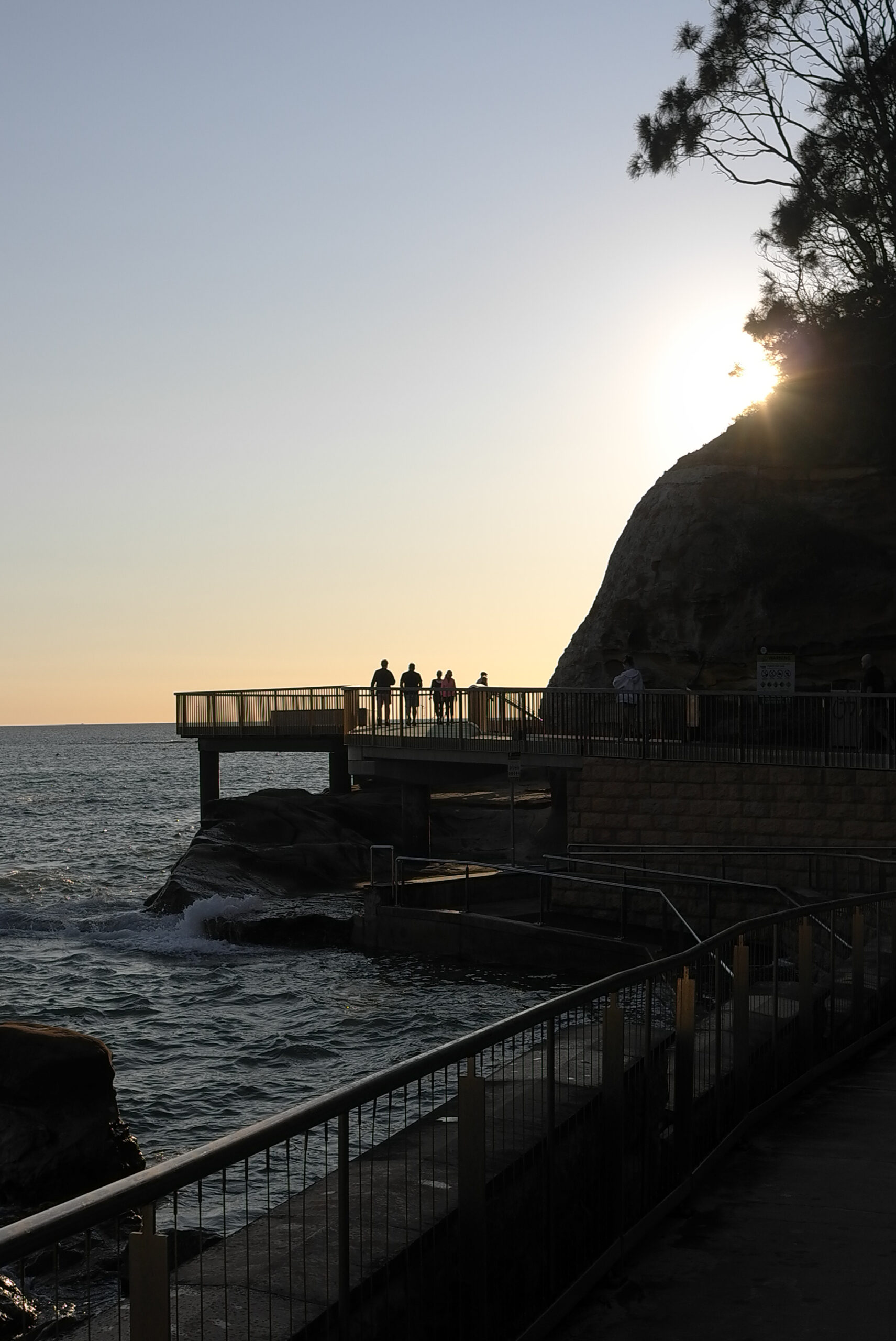
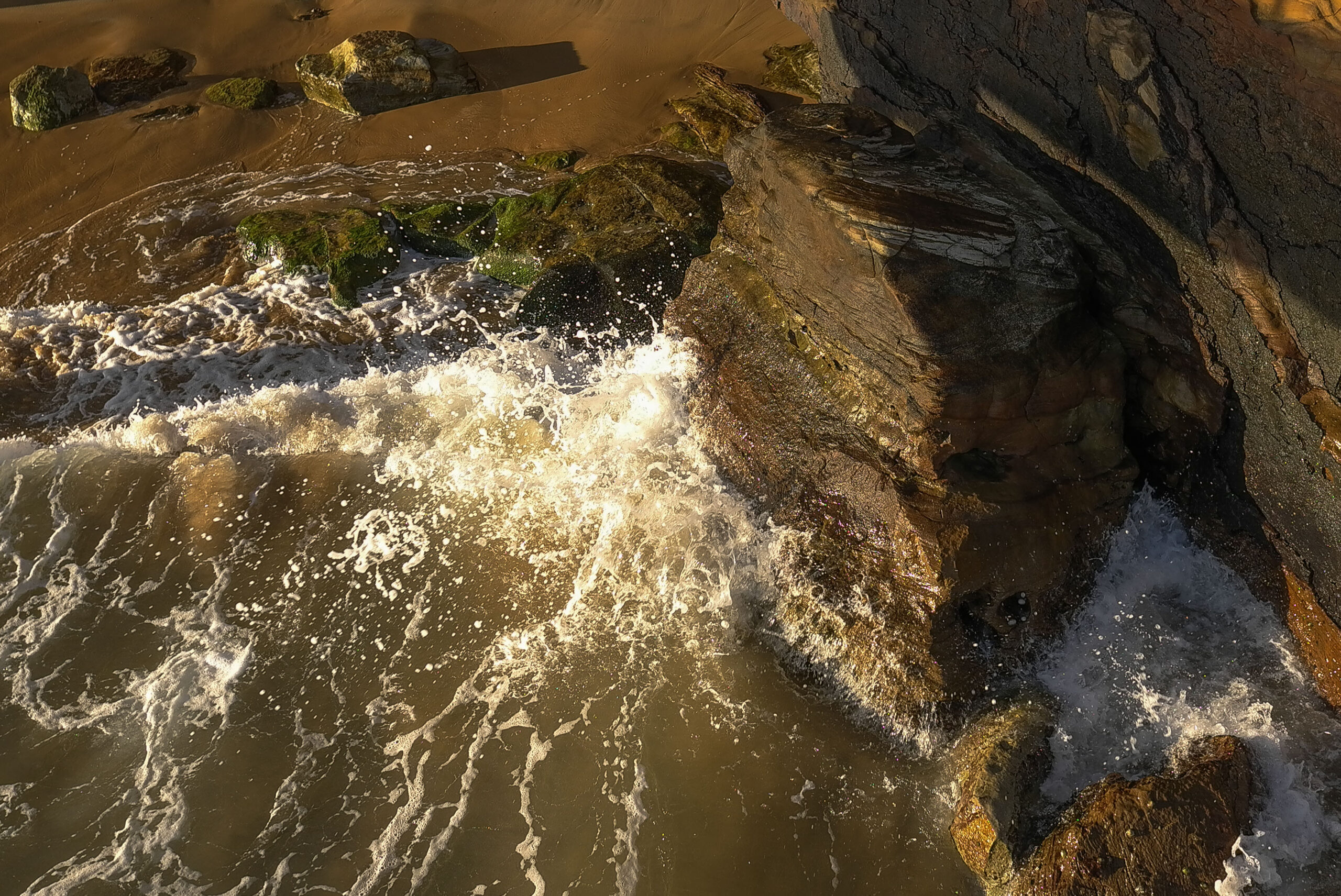
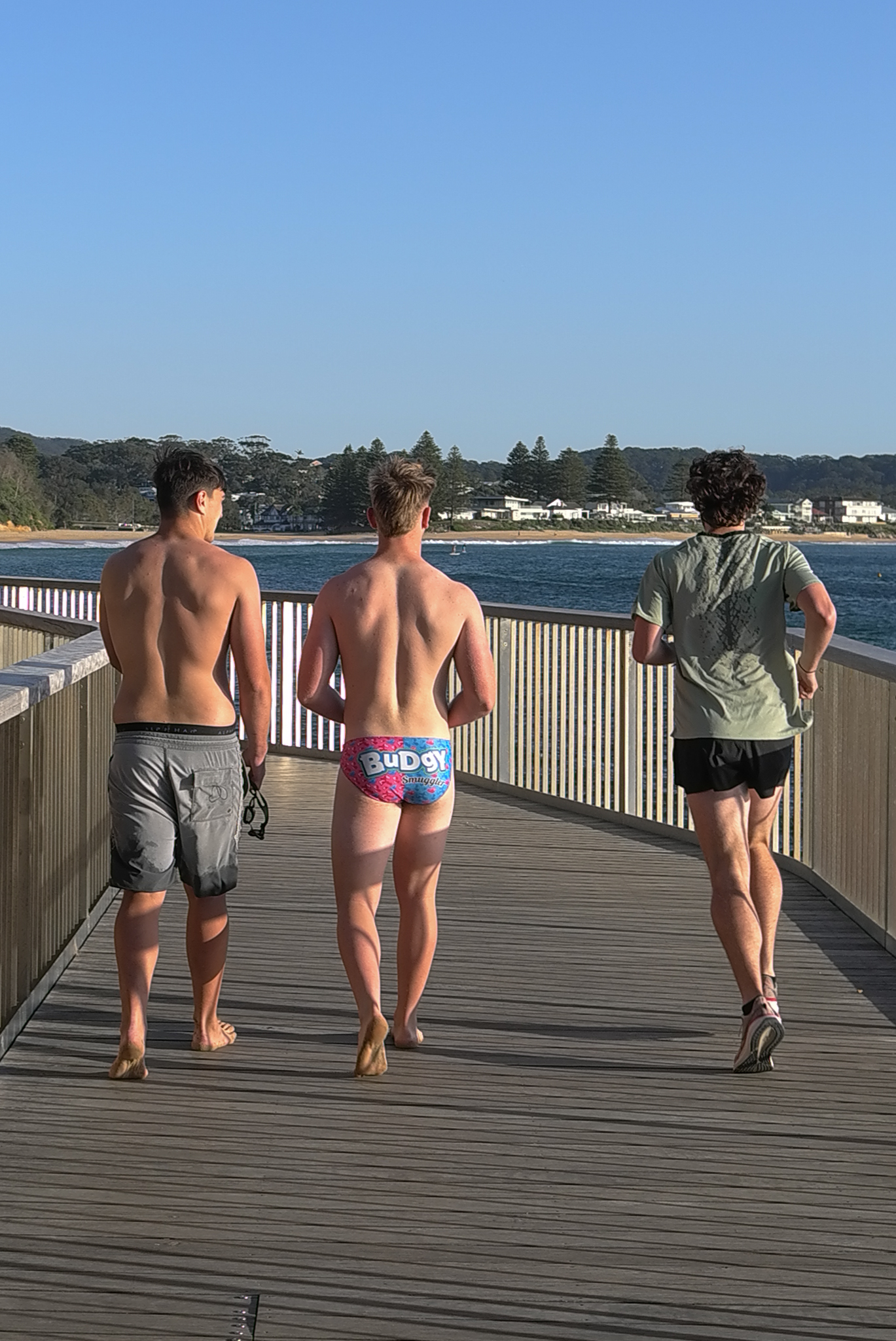
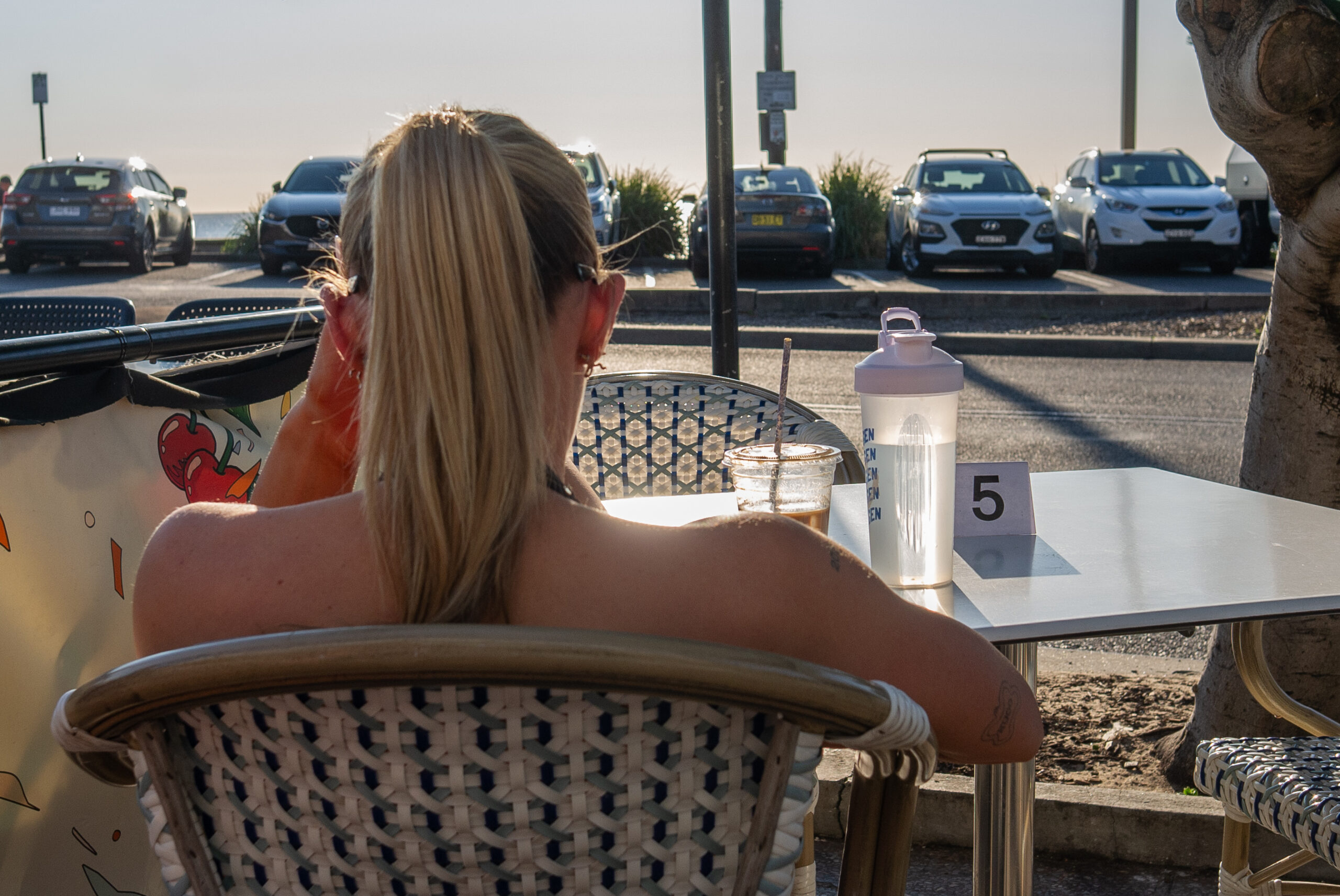
Great post. I have enjoyed collecting and using some compact Leica cameras over the years (an X1, X2, X-U, T, TL2, and CL). I want to point out the Leica X-U which may have been the shortest-lived of all their compact cameras. Not only is the X-U a fun underwater camera, which makes it a robust all weather camera (something my X2 is not), it has a fixed SUMMILUX 1:1.7 23mm lens which produces wonderful JPEG images on dry land as well.
John, thank you for continuing to champion the highly prized and venerable Leica X1. Apart from a lens extension motor failure, which David Slater fixed for me, my X1 continues to impress and serve me well today.
It is also heartwarming to read that after all life’s hurdles you have faced, the reborn X1 has returned to enrich your life once again. I have a feeling that had Oscar Barnack been alive today, he would not have allowed the Leica X1 to fall by the wayside.
A wonderful journey and, despite being a 24mp person, I’d love to have taken some of those photos; the photo of the woman on the beach is just lovely.
All that said, the link to Cambridge Diary seems to be broken; it takes one to blogger.com amd asks you to sign up. Searching on “Cambridge Diaries” does bring up the correct website.
Thanks for pointing this out, Kathy. I have corrected the link and it should work now. Can you check to make sure? Mike
Thanks. Works fine now (something in me this morning wants to say “just peachy” but that’s likely an American colloquialism’.
The KING of X1 and his X1 live on in Macfilos, thank you John Shingleton for setting me on my Leica journey! Your work with the X1 lives in all its glory on this site. Sadly I miss mine but now I am MONO committed with Q2m, as my favorite comedian theme song, BOB HOPE, says THANKS FOR THE MEMORIES !
Thanks John for a wonderful read and good photos to start the week. The tiny 24mm Elmarit lens on the X1 (and X2),as you said is stellar (just like the Xvario zoom lens is). It’s no use lamenting yet it’s a shame Leica abandonned the X concept. If they had not, the cameras would certainly have sold like hot cakes. I had the M8 for more than 6 years. The image quality was excellent but you had to pull out the battery and pull it in again as it refused to switch on every now and then. Sometimes you even had to take off the lens and put it on again.
The 2 bathers and jogger is my favourite
Thanks again
Great read! I’ve noticed that I’m increasingly reaching for my old cameras, such as the R-D1, M8, and X Vario. And yes, this site has played a significant role in those acquisitions. There’s something incredibly satisfying about creating images using these older bodies. The act of using these cameras brings me immense joy, reminding me that we don’t need 100 MP or 300k ISO to capture stunning images.
Hi John, a real treat of an article to start my day. I am enchanted by your second image. I do not think it is too late for Leica to come out with a new X camera with a viewfinder. There is a renewed interest in COMPACT cameras. I own the Fujifilm X100 VI and love how compact it is. APS-C is far from dead, certainly in compact cameras. Leica could bring a lot of joy to photographers by bringing out a X camera with a built in viewfinder. I would be delighted if it was as simple as a film camera with autofocus.
Your images are evocative and demonstrate that vintage digital cameras can take wonderful images. People would be better INVESTING in a workshop by skilled people such as Thorsten or education than buying the latest computer with lens attached. I always set my cameras up like a film camera with basic autofocus so I know what the camera is doing and I am in charge.
Super pictures as ever, and I am in total agreement with John’s sentiments for although I have never owned a X1 I feel exactly the same way as he does about it’s Zoom lens cousin the X-Vario.
Eh, to each his own.
According to Peter Karbe, they learned a lot making those APS-C lenses, which they then used for bigger lenses for Cine and the M and SL. Possibly the lenses on the X are superior. We just didn’t know 🙂
My X1 fell out of regular use in 2021 after the internal battery failed – necessitating re-setting the time/date each time the main rechargeable battery was refitted. At that time former Leica Mayfair technician and X1 beta tester, David Slater was not yet offering Leica X series servicing / repairs via his Camera-Focus company – and Leica UK had just ceased support for all their X-series APS-C compacts. However, as a ‘gesture of goodwill’, in July 2022, Leica Mayfair’s Customer Care advisor, Adam Tukacesvskis, offered me at 45% discount, a new Leica CL / TL lens combination as a part exchange deal, for my Leica X1. I’d no hesitation in accepting Adam’s offer and subsequently received the ‘back order’ CL / TL 18mm – sourced from Leica Wetzlar. The CL was at that time being discontinued – hence the generous discount. I’m very pleased with the CL but still miss my X1. The X1 is still in demand and secondhand examples are regularly offered by one of the UK’s used Leica stockists – seek and you will currently find three priced £444 – £629 with 6 months warranty. I’ll likely buy another X1 when funds permit – it’s still a very useful compact camera and some Leica enthusiasts prefer its images to those of the later Leica X2. Incidentally, David Slater also offers an internal battery replacement service for the Leica DMR. There are still significant numbers of Leica DSLR/DMR camera modules in use but in common with many older digital cameras, their internal batteries have failed – necessitating frequent DMR module day/date resets.